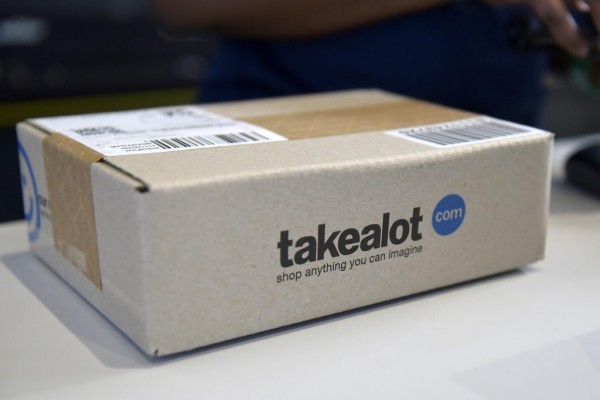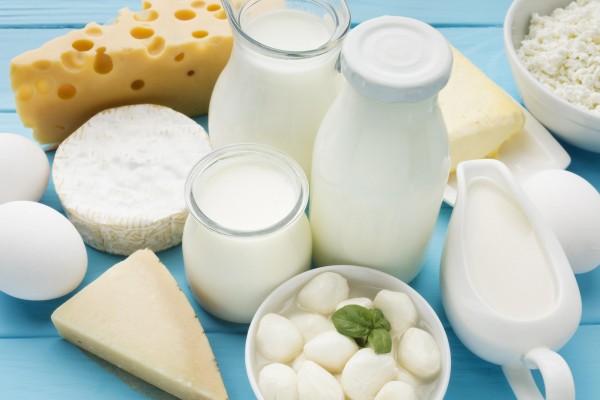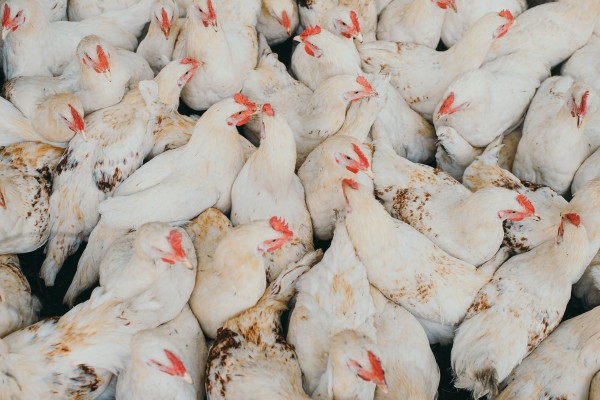The Bureau for Food and Agricultural Policy (BFAP) has published its latest food inflation brief, warning of possible food price shocks for South Africa in 2023 if local crop production is thrown off course by any unforeseen events.
The group noted that even though food inflation in South Africa remains high – and will likely remain elevated in 2023 – local prices have been kept lower than international markets due to surplus local production.
“This essentially means that surplus production is keeping local prices low and that inflationary trends are driven by global prices, the weak exchange rate and growing costs of logistics and processing of products.”
However, if South Africa does not produce surpluses of key commodities such as maize, sunflower, soybeans and canola, prices would rise to import parity – this would lead to price increases of at least 30%, it said.
“(This) would cause a major shock in domestic food security among the poorest households, which could result in a shock to the overall socioeconomic stability of the country.”
For now, the risk of this happening is not apparent, the BFAP said.
“The weather forecast for the summer cropping season remains favourable; therefore, BFAP’s Baseline projections indicate that farmers could plant the largest area under summer crops in twenty years, despite the sharp increase in inputs costs.”
Inflation data published by Stats SA earlier this month showed that food price inflation in the country accelerated in September to 11.9%.
James Hodge, Сhief Economist at the Competition Commission of South Africa, commented on rising prices on CNBC Africa:
"Consumers are under enormous pressure, and the high economic concentration in the South African food sector is simply a fact of our lives. We [the Competition Commission] have to look at the structure of the whole food value chain and make the necessary interventions in time.”
The BFAP noted that the major driver behind South Africa’s double-digit food inflation is the surges in global grain and oilseed prices, exacerbated in the local context by a weakening exchange rate.
According to the brief, surges in commodity prices take between two to three months to show up in associated retail food prices; hence the Bread and Cereal inflation of 19.3% in September is the result of high grain commodity prices in July. This was 34% higher than the corresponding period in the previous year.
“Although local maize price increases lost some momentum during August due to easing global maize prices, they gained renewed momentum in September on concerns regarding the size of the maize harvest in the Northern hemisphere,”
it said.
This is likely to keep Bread and Cereal inflation and food inflation in general at elevated levels for the rest of 2023. High grain prices are also likely to have cost-push inflationary effects in livestock sectors and could result in persistently high food inflation during the first half of 2023.
Source: Businesstech, CNBC




